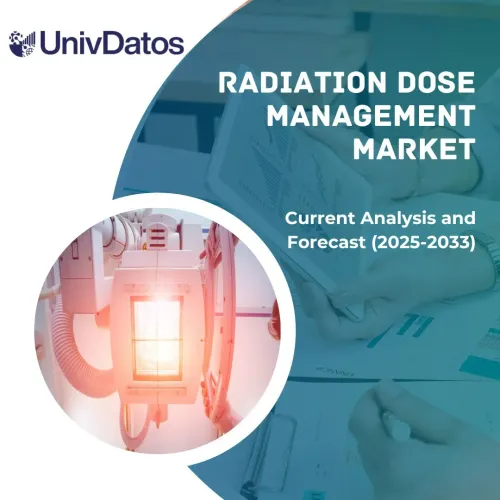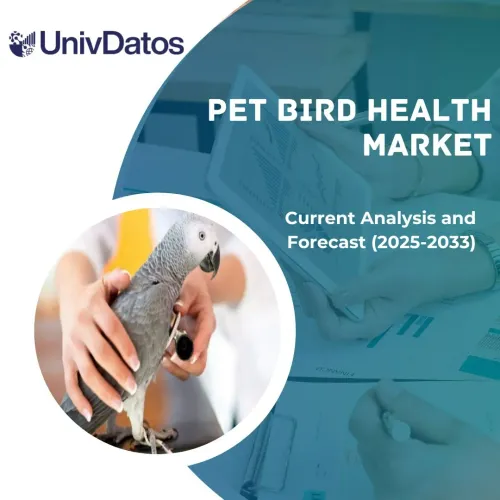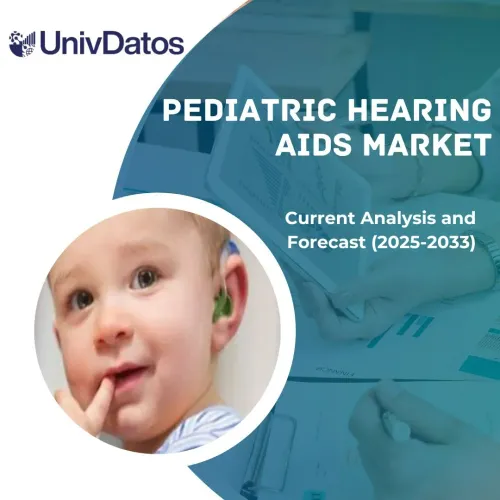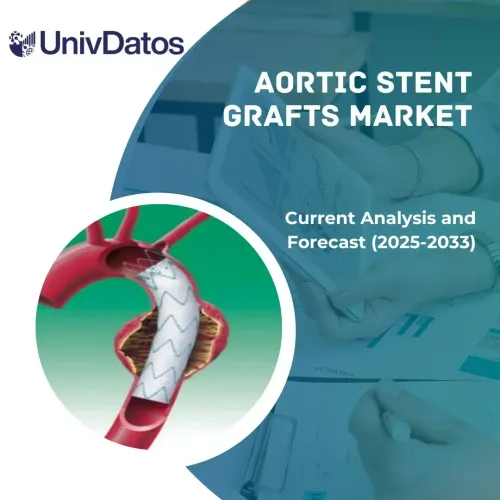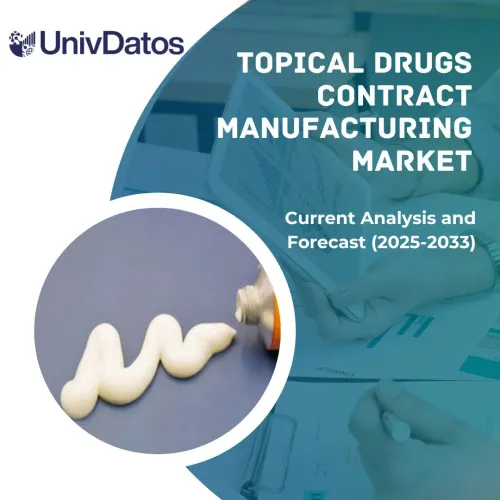- Home
- About Us
- Industry
- Services
- Reading
- Contact Us
Automated Microbiology Market: Current Analysis and Forecast (2021-2027)
Emphasis on Technology (DNA Sequencing, DNA & RNA Probe Technology, Detection Techniques, Immunoassays, and Monoclonal Antibodies); End-Users (Biotechnology Industries, Clinical Laboratories, Blood Banks, Others); Region/Country
Global Automated Microbiology Market is anticipated to grow with an elevated CAGR of around 9% over the forecast period (2021-2027). Automated microbiology is an advanced method for delivering more accurate and faster test results. This method automates many of the critical microbiological processes such as isolation, detection, classification, and measurement of microorganisms in various biological, ecological, and food industries.
With rapid technological advancement and technological innovations in the area of microbiology, many of the industry players are focused on launching new products in the market to cater to the growing demand for high-quality laboratory services due to which the automated microbiology market is witnessing an uptick all over the globe. For example, in October 2021, GC Labs, a leading clinical diagnostics company in Korea, has introduced WASPLab (bioMerieux, France), the first microbiology Total Laboratory Automation system in Korea. This system automatically processes the series of steps from sample receipt to inoculation, culture, and interpretation, which had all been conducted manually. Furthermore, the ability of these systems to promptly respond to the increasing demand for public health lies and to offer accurate, better and rapid identification of diseases and causative pathogens are also some of the prominent factors driving the automated microbiology market.
Prevalence of Diagnosed Infectious Diseases in Selected Countries, as of 2019

Bio-Rad Laboratories, Becton Dickinson and Company, BioMeriux, Inc., QIAGEN GmbH, Agilent Technologies, Abbott Laboratories, Affymetrix, Inc., Gene-Probe, Inc., Beckman Coulter, Cepheid, are some of the prominent players operating in the automated microbiology market. Several M&As along with partnerships have been undertaken by these players to facilitate customers with new varieties of automated microbiological systems.
Insights Presented in the Report
“Amongst Technology, Monoclonal Antibodies segment holds the major share”
Based on technology, the automated microbiology market is segmented into DNA sequencing, DNA & RNA probe technology, detection techniques, immunoassays, and monoclonal antibodies. The monoclonal antibodies segment accounted for a significant market share in 2020 and it is estimated that it will exhibit the highest CAGR during the forecast period. The growth of this segment can be attributed to the growing use of monoclonal antibodies for generating clones from the parent cells which are required for identifying infected cells or diseases.
“Amongst End-User, Clinical Laboratories segment holds the major share”
Based on end-user, the automated microbiology market is divided into biotechnology industries, clinical laboratories, blood banks, and others. The clinical laboratories segment grabbed major market share in 2020 and is expected to grow with the considerable CAGR in the upcoming years owing to the surge in the number of various microbiological research activities that are being conducted in clinical laboratories.
“North America represents one of the largest markets of automated microbiology market”
For a better understanding of the market dynamics of the automated microbiology market, a detailed analysis was conducted for different regions across the globe including North America (U.S, Canada, and the Rest of North America), Europe (Germany, France, Spain, United Kingdom, Italy, and Rest of Europe), Asia-Pacific (China, India, Australia, Japan, and Rest of APAC), Rest of World has been conducted. North America constitutes a major market for the automated microbiology market industry and generated revenue of USD XX million in 2020 owing to the presence of well-established market players in the region.
Reasons to buy this report:
- The study includes market sizing and forecasting analysis validated by authenticated key industry experts
- The report presents a quick review of overall industry performance at one glance
- The report covers an in-depth analysis of prominent industry peers with a primary focus on key business financials, product portfolio, expansion strategies, and recent developments
- Detailed examination of drivers, restraints, key trends, and opportunities prevailing in the industry
- The study comprehensively covers the market across different segments
- Deep dive regional level analysis of the industry
Customization Options:
The global automated microbiology market can further be customized as per the requirement or any other market segment. Besides this, UMI understands that you may have your own business needs, hence feel free to connect with us to get a report that completely suits your requirements.
Table of Content
Analyzing the historical market, estimation of the current market, and forecasting the future market of the global automated microbiology market were the three major steps undertaken to create and analyze the adoption of automated microbiology in major regions globally. Exhaustive secondary research was conducted to collect the historical market numbers and estimate the current market size. Secondly, to validate these insights, numerous findings and assumptions were taken into consideration. Moreover, exhaustive primary interviews were also conducted, with industry experts across the value chain of the global automated microbiology market. Post assumption and validation of market numbers through primary interviews, we employed a top-down/bottom-up approach to forecasting the complete market size. Thereafter, market breakdown and data triangulation methods were adopted to estimate and analyze the market size of segments and sub-segments the industry pertains to. Detailed methodology is explained below:
Analysis of Historical Market Size
Step 1: In-Depth Study of Secondary Sources:
Detail secondary study was conducted to obtain the historical market size of the automated microbiology through company internal sources such as annual report & financial statements, performance presentations, press releases, etc., and external sources including journals, news & articles, government publications, competitor publications, sector reports, third-party database, and other credible publications.
Step 2: Market Segmentation:
After obtaining the historical market size of the automated microbiology market, we conducted a detailed secondary analysis to gather historical market insights and share for different segments & sub-segments for major regions. Major segments included in the report as product and distribution channel. Further country-level analyses were conducted to evaluate the overall adoption of automated microbiology across the globe.
Step 3: Factor Analysis:
After acquiring the historical market size of different segments and sub-segments, we conducted a detailed factor analysis to estimate the current market size of the automated microbiology. Further, we conducted factor analysis using dependent and independent variables such as rising technological advancement in laboratory research technologies, and growing adoption of automation technology. A thorough analysis was conducted for demand and supply-side scenarios considering top partnerships, merger and acquisition, business expansion, and product launches in the automated microbiology sector across the globe.
Current Market Size Estimate & Forecast
Current Market Sizing: Based on actionable insights from the above 3 steps, we arrived at the current market size, key players in the automated microbiology market, and market shares of the segments. All the required percentage shares split, and market breakdowns were determined using the above-mentioned secondary approach and were verified through primary interviews.
Estimation & Forecasting: For market estimation and forecast, weights were assigned to different factors including drivers & trends, restraints, and opportunities available for the stakeholders. After analyzing these factors, relevant forecasting techniques i.e., top-down/bottom-up approach was applied to arrive at the market forecast about 2027 for different segments and subsegments across the major markets globally. The research methodology adopted to estimate the market size encompasses:
- The industry’s market size, in terms of value (US$) and the adoption rate of automated microbiology across the major markets domestically
- All percentage shares, splits, and breakdowns of market segments and sub-segments
- Key players in the automated microbiology market in terms of products offered. Also, the growth strategies adopted by these players to compete in the fast-growing market
Market Size and Share Validation
Primary Research: In-depth interviews were conducted with the Key Opinion Leaders (KOLs) including Top Level Executives (CXO/VPs, Sales Head, Marketing Head, Operational Head, and Regional Head, Country Head, etc.) across major regions. Primary research findings were then summarized, and statistical analysis was performed to prove the stated hypothesis. Inputs from primary research were consolidated with secondary findings, hence turning information into actionable insights.
Split of Primary Participants in Different Regions

Market Engineering
Data triangulation technique was employed to complete the overall market estimation and to arrive at precise statistical numbers of each segment and sub-segment of the automated microbiology market. Data was split into several segments & sub-segments post studying various parameters and trends in the areas of technology and end-users of the automated microbiology market.
The main objective of the Automated Microbiology Market Study
The current & future market trends of automated microbiology were pinpointed in the study. Investors can gain strategic insights to base their discretion for investments from the qualitative and quantitative analysis performed in the study. Current and future market trends were determined the overall attractiveness of the market at a regional level, providing a platform for the industrial participant to exploit the untapped market to benefit as a first-mover advantage. Other quantitative goals of the studies include:
- Analyze the current and forecast market size of automated microbiology in terms of value (US$). Also, analyze the current and forecast market size of different segments and sub-segments
- Segments in the study include areas of of technology and end-users
- Define and analysis of the regulatory framework for the automated microbiology industry
- Analyze the value chain involved with the presence of various intermediaries, along with analyzing customer and competitor behaviors of the industry
- Analyze the current and forecast market size of the automated microbiology market for the major region
- Major regions studied in the report include North America, Europe, Asia-Pacific and Rest of the world
- Company profiles of the automated microbiology market and the growth strategies adopted by the market players to sustain in the fast-growing market
- Deep dive regional level analysis of the industry
Related Reports
Customers who bought this item also bought

